Speech and Language Practice - The Getting Dressed Activity
Getting dressed is something you do everyday. And if your a toddler, you probably go through multiple outfits everyday. Not to mention the super cute toddler pajamas that go on before bed!
Activities that happen multiple times a day are perfect for speech and language practice. It provides the repetition that toddlers need to learn and the boundaries for practice that keep parents from burning out. Plus, using every day activities for speech practice means there’s nothing more you need to add to your already busy schedule.
The Getting Dressed Activity
The Getting Dressed Activity is as simple as it sounds. You are going to transform getting dressed into a speech and language activity.
If you can, incorporate speech and language practice into your routine each time your toddler gets a new outfit. So, you might practice 5-10 minutes when:
Getting dressed in the morning
During an outfit change after lunch
Putting pajamas on after bath time.
And we always offer options because we know that every toddler is at a different place in their communication development. There are 3 different versions of this activity (and the other activities on our site). You can click on any of the links before to go directly to that section.
Explorers: Children who communicate with gestures; they have not yet said their first word.
Pioneers: Children who say about 1 - 50ish words.
Builders: Children who are putting 2 or more words together on their own.
Explorers
Your explorer probably goes through lots of outfits everyday. Since you’re already changing their clothes, it’s the perfect opportunity to teach them a new communication skill. (And kids who don’t like getting dressed usually think this “game” is hilarious - so it’s a win win!)
When you put clothes on your explorer, you’re going to stick your hand or fingers through the end of the pant leg or shirt leg and say, “Oh-no!!” “Uh-Oh!” or another simple sound that comes naturally to you.
You are going to repeat this dressing “mishap” every time. After you’ve done it several times, pause to see if your child copies your surprised facial expression or tries to copy your sound - “Oh-no!” as they anticipate your silly antics.
Feel free to mix it up and make other silly “mistakes” as you’re getting your toddler dressed and ready for the next activity. You could put their clothes on your head or have the clothes “slip” out of your hands when you try to pick them up for example. Regardless of the silly “mistake,” use the same reaction every time, such as “Uh-oh!” as your toddler learns this playful routine.
The goal is for your child to learn the routine, anticipate you doing something silly, copy your facial expressions, copy any gestures you do with your hands (like bringing your hands up to your face) and then copy you saying “Oh-No!”
What to Say:
There are a few things to keep in mind when practicing with your explorer:
Keep your language simple! Talking in short sentences or simply saying single words is best. “Time to put your shirt on! Oh-No! Sill me. Oh-No!! I did it again.”
Make a lot of statements (Describe things) and avoid asking questions. - For example, “Time to put your shirt.” instead of “What’s this?” or “What are we putting on?”
Repeat yourself so many times that you feel like you’re going a little crazy (we’re just aiming for about 10 minutes of practice, so you can do this!). In this activity see if you can repeat “Oh-No!” at least 20 times.
Pioneers
You are going to encourage your child to copy a word when getting dressed by giving them a choice of 2 things they can wear.
When you give them a choice, you’re going to show and tell them their options. That way they can point to what they want to wear if they aren’t quite ready to repeat a word.
You can either let them choose what clothes they want to wear - or - if you want them to wear something specific you can let them pick what they want to put on first, shirt, socks, pants, etc.
What to Say:
This is how practice might look and sound:
You: Do you want to wear your Mickey shirt or your dino shirt? [As you hold up and show both options]
Child: - Dino!
You: Rarrrr! Let’s put your dino shirt on. …. Do you want to wear jeans or your green pants? [You hold up and show both options]
Child: [Points to jeans]
You: Okay, let’s put your jeans on. You chose jeans. …. Now let’s pick your shoes. Do you want to wear your white shoes or yellow boots? [As you hold up and show both options]
Child: Boots!
You: I like the yellow boots too. Let’s put your boots on.
Notice in the example that it was okay when the child didn’t copy a word, they pointed to it instead. If this happens during your practice, your job is to say the word for your child: they point and you say “Jeans.” By saying the word for them you’re helping them get one baby step closer to copying or saying the word themselves.
Builders
If your child is a builder, you’re going to talk about what pieces of the clothing you’re going to wear based on the weather outside, or based on what activity you’re getting dressed for.
Getting Dressed for the Weather
To start, invite your little one to look out the window to see what the weather is like. You’re going to ask some simple questions, like “Is it sunny out?” “Is it raining out?” Is it cold out?” helping your child answer correctly as needed.
Once you’ve seen what the weather is like, discuss what you should wear to be comfortable outside. For example, you can talk about wearing pants when it’s cold outside and shorts when it’s hot.
If you’re comfortable with a potential mess and it’s safe (no climbing required), have your child pull out their clothes and get dressed and of course help when needed.
Getting Dressed for the Activity
If you’re getting dressed for a swim lesson, dance class, or soccer - or if you’re getting ready for bed - you can talk about the upcoming activity and the types of clothes you’ll need to wear.
You’ll start the conversation by letting your little one know what activity comes next. You might say,
Dad is getting the bath ready. And after your bath we are going to get ready for bed. What clothes should we get if we are getting ready for bed?
The idea is to turn getting dressed into a conversation with your little one; to talk about what you ought to wear based on the situation. This allows you to practice putting more words together and asking and answering some questions.
Extra Credit: Getting dressed is also a great opportunity to wait for your child to ask for your help with zippers, buttons, etc. Although it may be tempting to jump in and help before they ask, wait to give them the opportunity to practice using their language skills!
Discover More Activity Ideas!
© 2020-2025. Stephanie Keffer Hatleli, MS CCC-SLP. All Rights Reserved.
The content offered on ToddlerTalk.com is for informational purposes only. Toddler Talk is not engaged in rendering professional advice, whether medical or otherwise, to individual users or their children or families. No content on this site, regardless of date, should ever be used as a substitute for direct medical advice from your doctor, speech language pathologist, or other health professional. By accessing the content on ToddlerTalk.com, you acknowledge and agree that you are accepting the responsibility for your child’s health and well-being. In return for providing you with information related to home speech and language practice, you waive any claims that you or your child may have as a result of utilizing the content on ToddlerTalk.com.


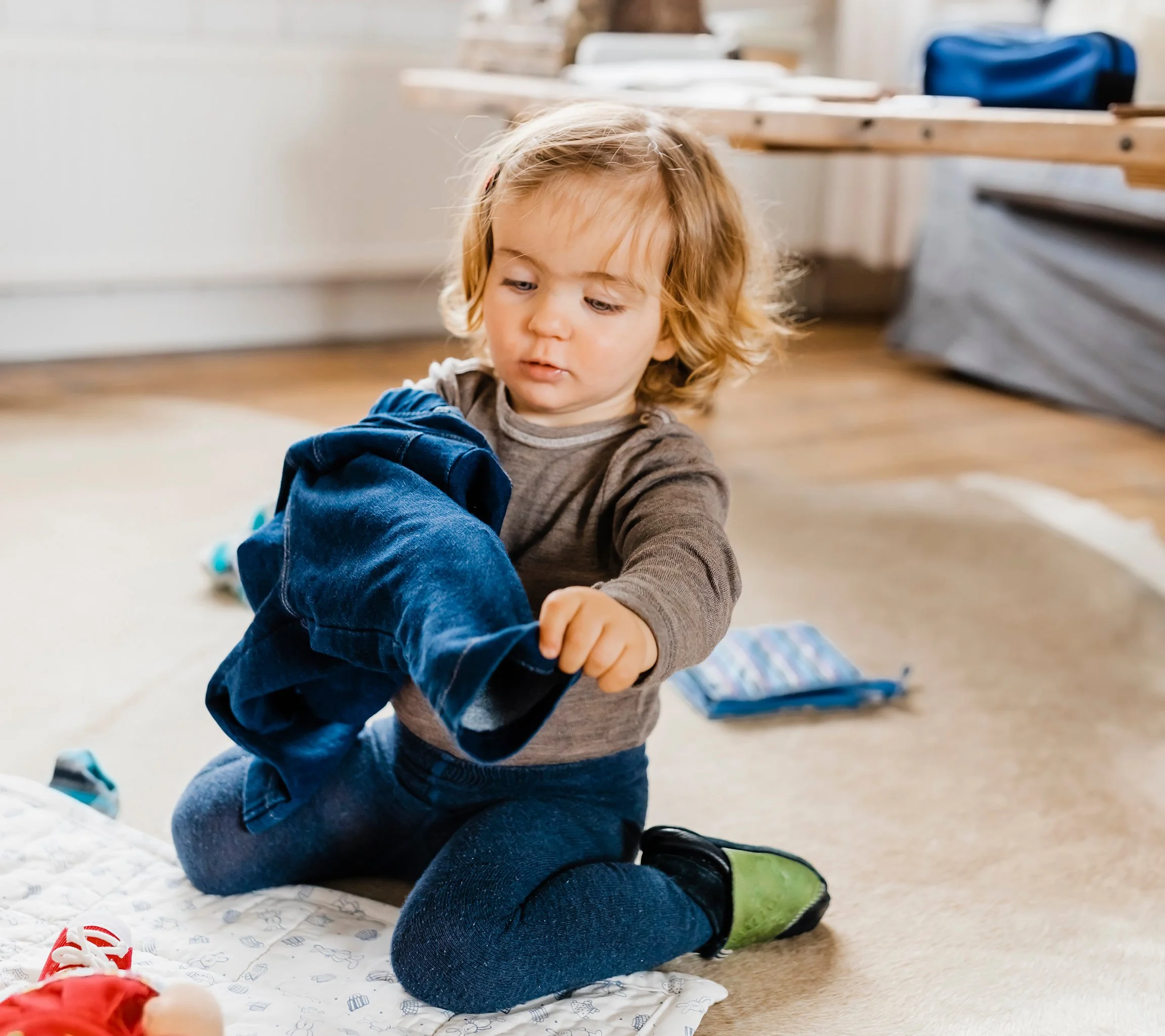

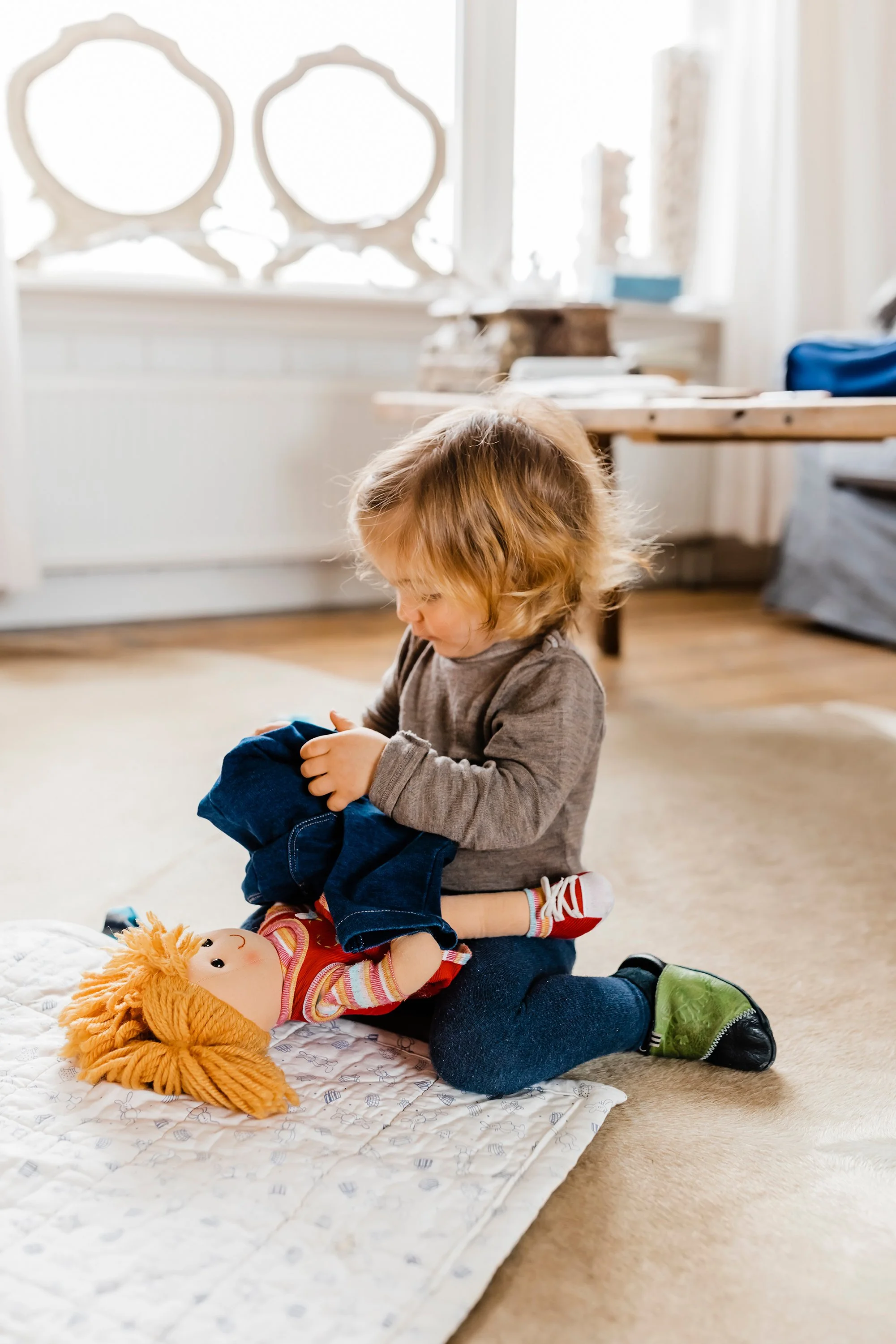

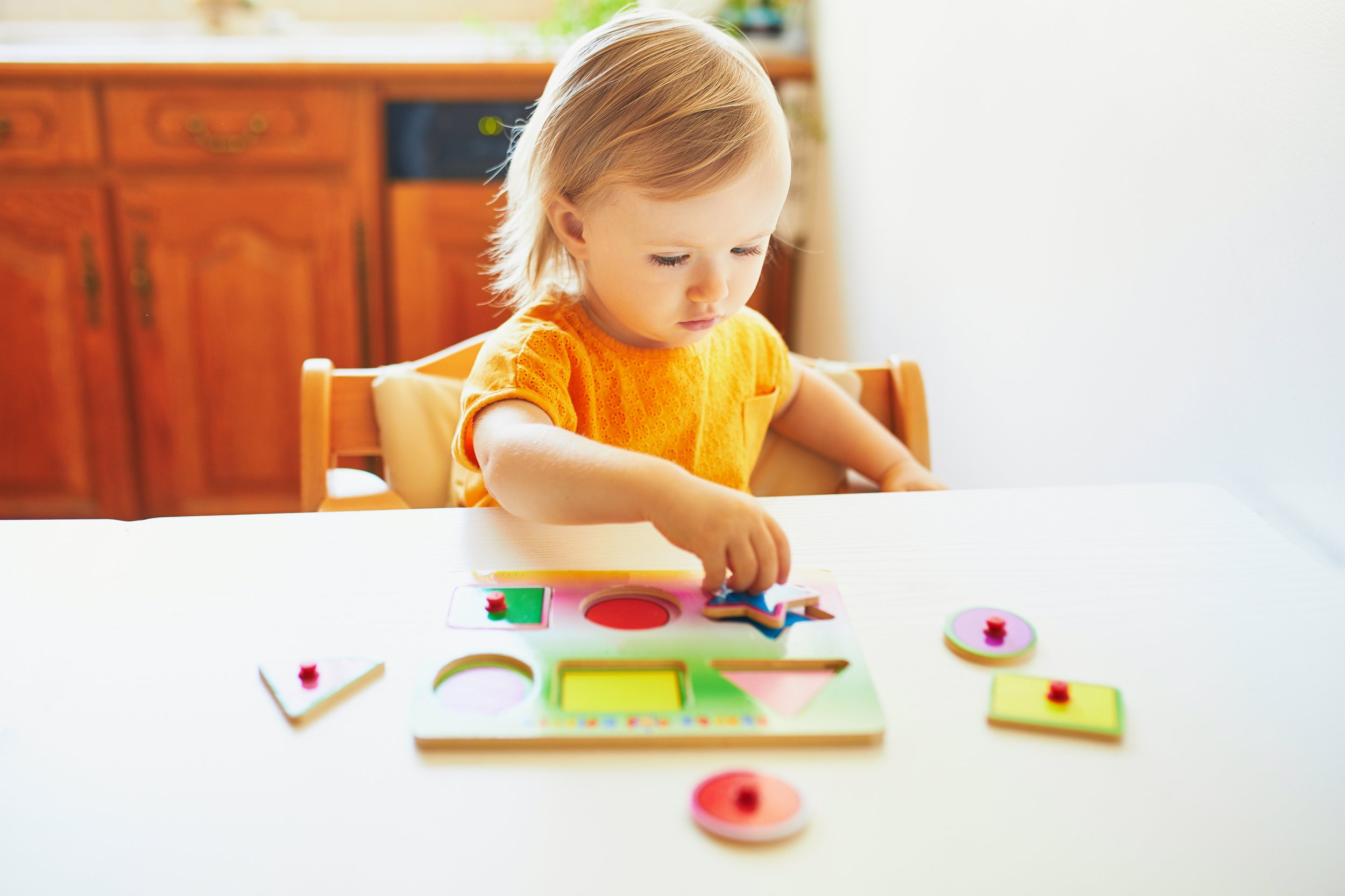
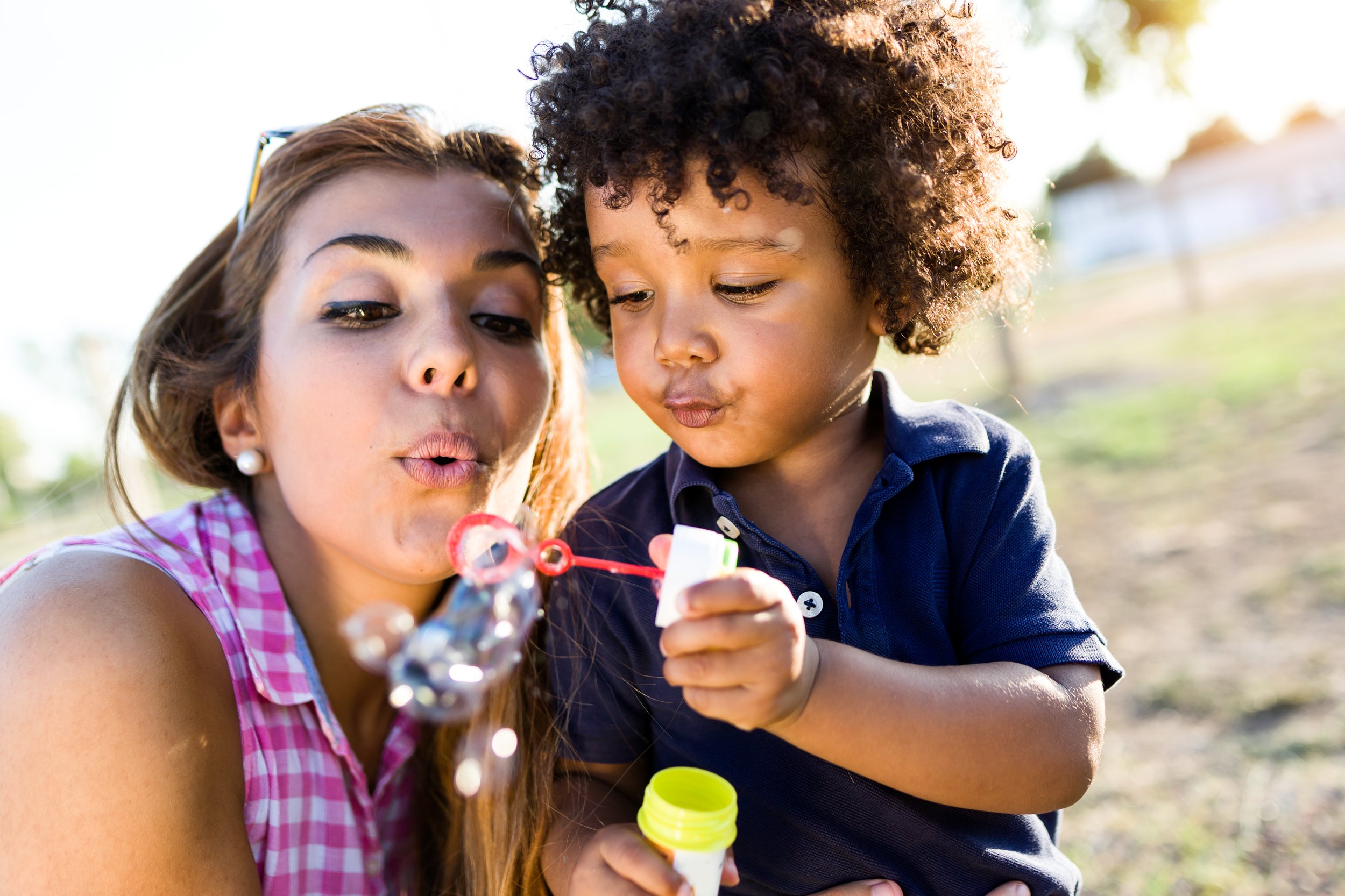
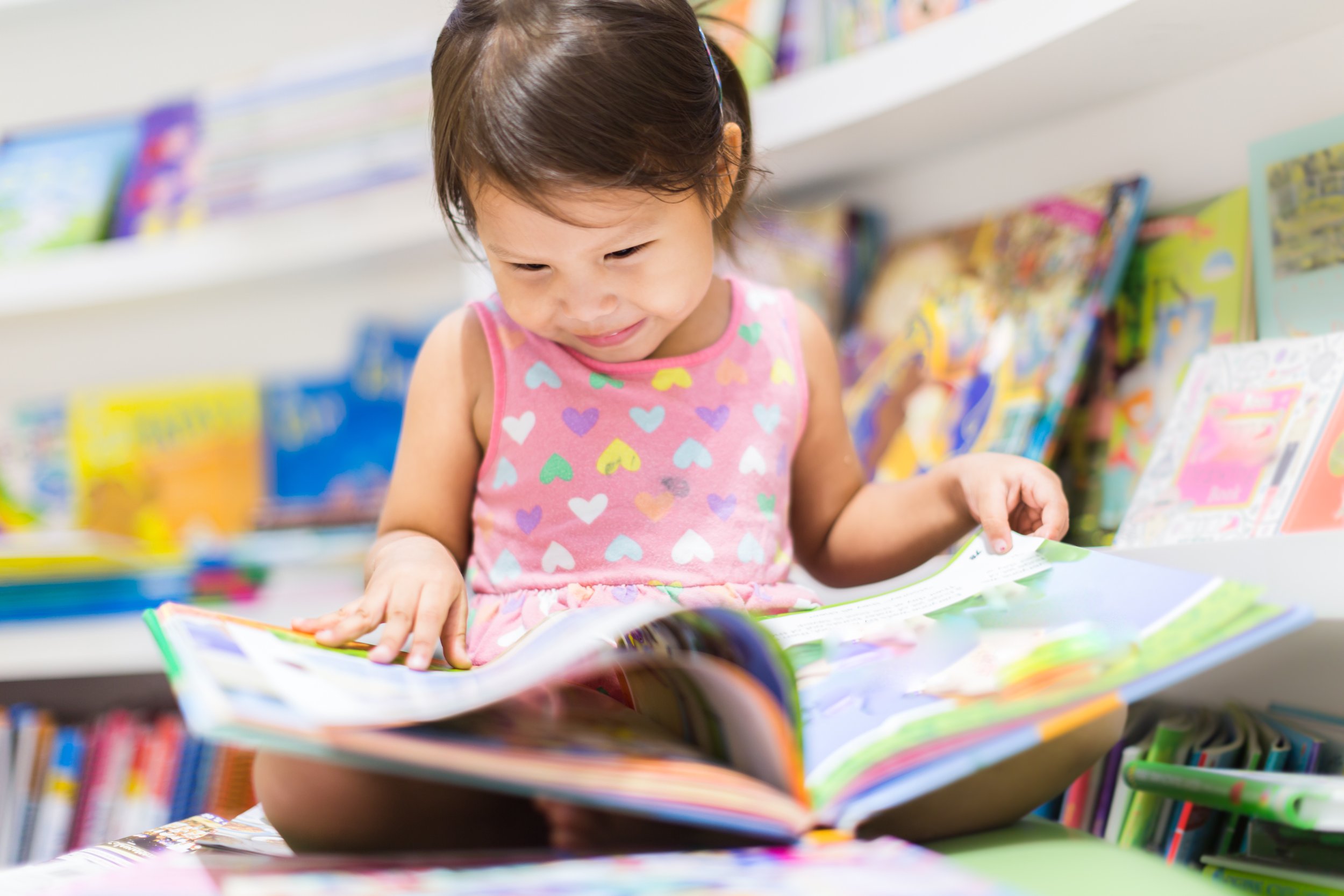
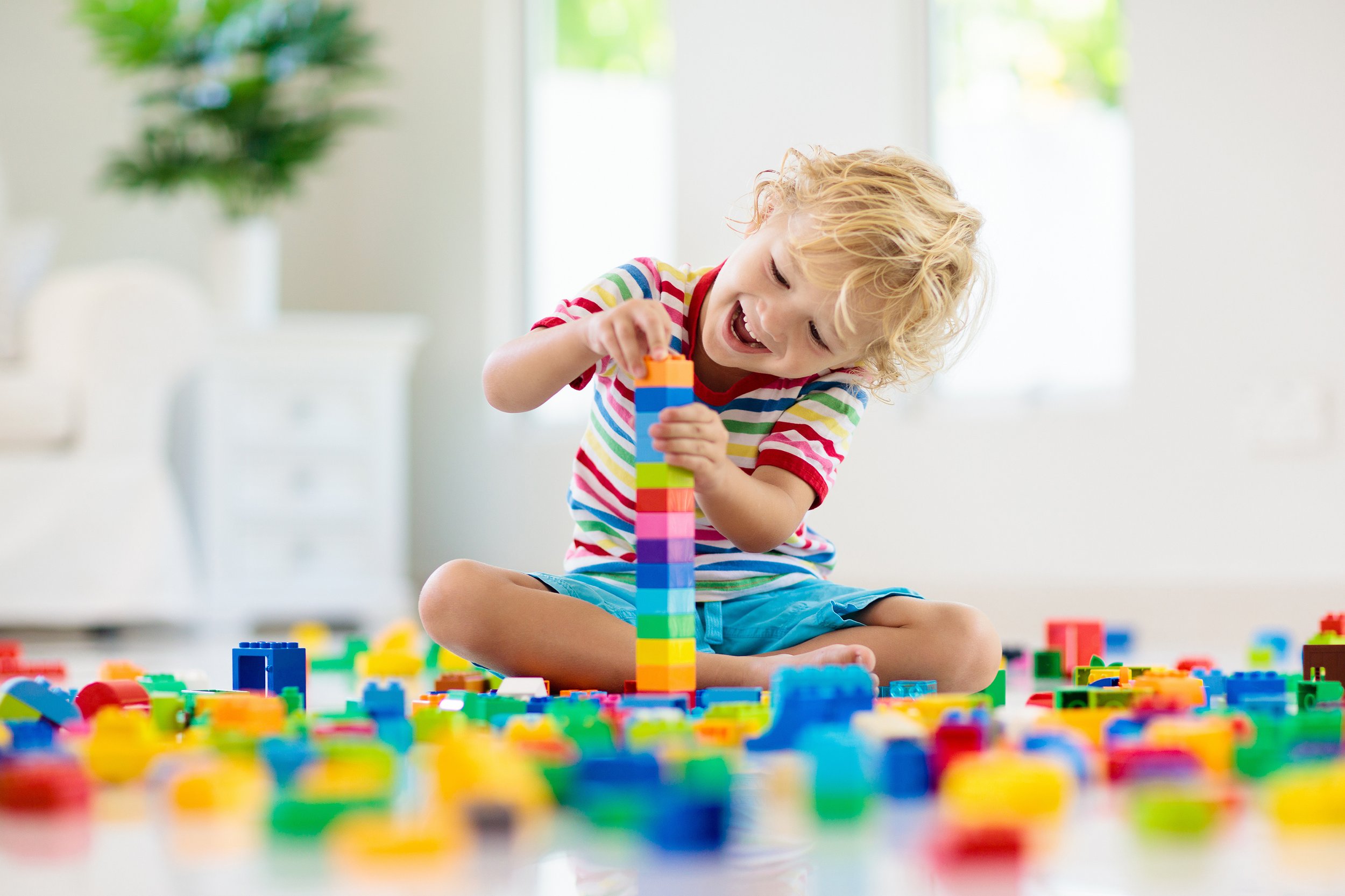
Toy cars are simple, fun, and perfect for practicing speech and language skills at home with your little one. Learn how to use toddler toy cars to practice speech and language at home, no matter what level your little one is at.